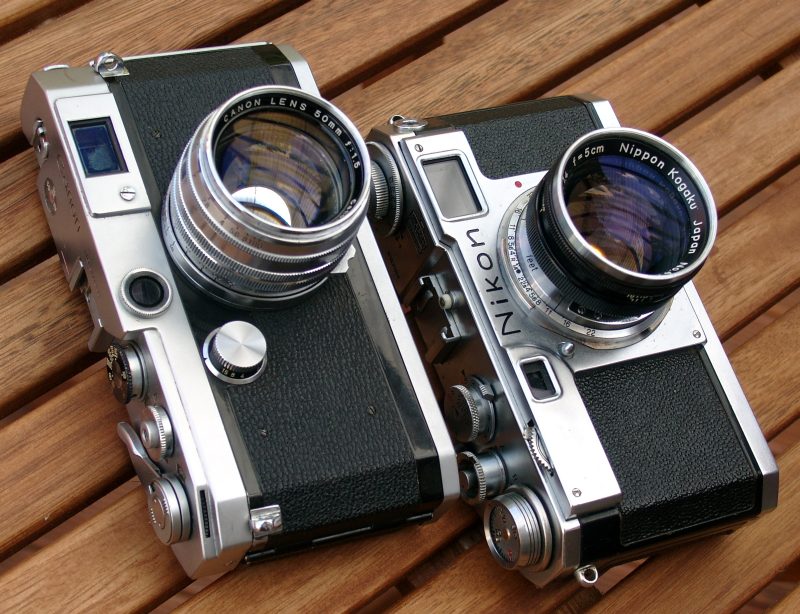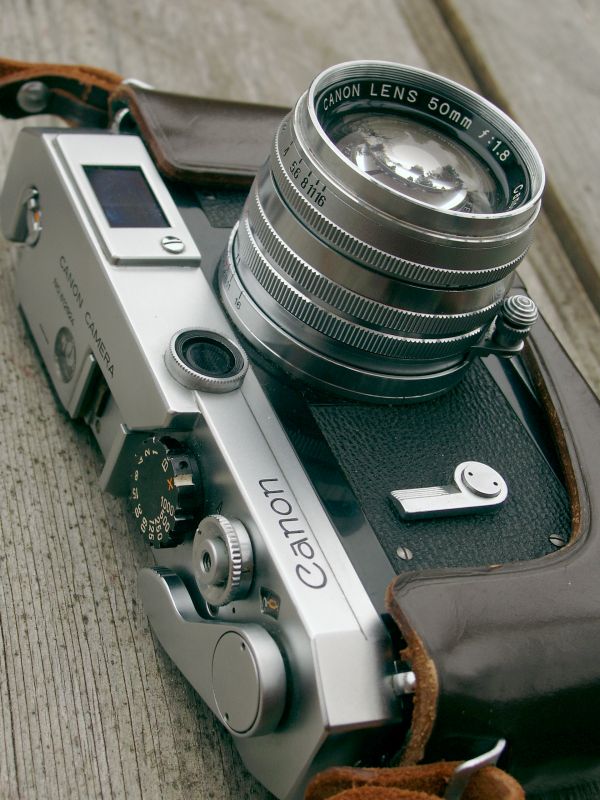
With just 6 elements in 4 groups it is a Planar (Biotar) type. Most standard lenses of f/1.4 speed needed 7 elements for excellent performance during the 1950's and 1960's. The Canon was stunningly straight designed, based on the 50/1.8 (1951) and obviously made use of newly developed high-refractive optical glass to give such great performance (at least level with the contemporary Leitz Summilux 50/1.4). Some even dislike this lens for the modern, "clinical" look of the results, similar to some new aspherical designs...

For my experience it is just very sharp und contrasty, the bokeh is usually excellent, and from different coating color shows a bit "colder" results than the 50/1.5. And of course, it's entirely different because it's no Sonnar... but it's a really great everyday lens, and in particular there is no better choice on a CANON P -- except, maybe, for some, the 35/2.0 or 35/1.5....








